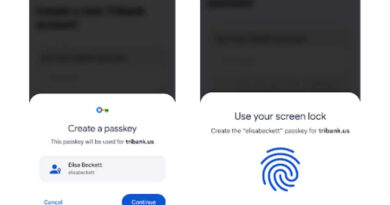Google Pixel Fold First Look: Google’s $1,799 Foldable Competes With Samsung
Similar to Samsung, Google aims to offer a larger screen in a portable device,
however, the cost of its Google Pixel Fold “foldable phone” is high.
Over the past four years, Samsung has been leading the way in shaping the design of the next generation of smartphones. However, Google has now emerged as a new challenger. At the Google I/O keynote on Wednesday, the company unveiled its inaugural foldable phone, the Pixel Fold, which is set to be released this summer at a steep price of $1,799 (£1,749).
Google has introduced its latest product alongside an affordable alternative to its flagship, the Pixel 7A, as well as an updated Pixel Tablet and new features in Android 14.
By introducing a foldable phone, Google is sending a message that the current smartphone design needs to be revamped. Samsung debuted its first foldable phone almost four years ago, and since then, nearly every major smartphone manufacturer has introduced a similar product.
Google used to be one of the few companies that didn’t have a foldable phone, but that is no longer the case. According to Brian Rakowski, the Vice President of Product Management at Google, the company has now decided that it’s the appropriate time to introduce a foldable phone because the significant issues that initially affected foldable, such as software optimization and perfecting the design, have largely been resolved.
Rakowski clarified that “The device inherently comes with a higher cost due to its complexity and a larger number of components.”Consequently, we held the belief that if consumers were to spend a significant amount on a high-end gadget; every aspect of it should perform exceptionally well.”
Google Pixel Fold First Look
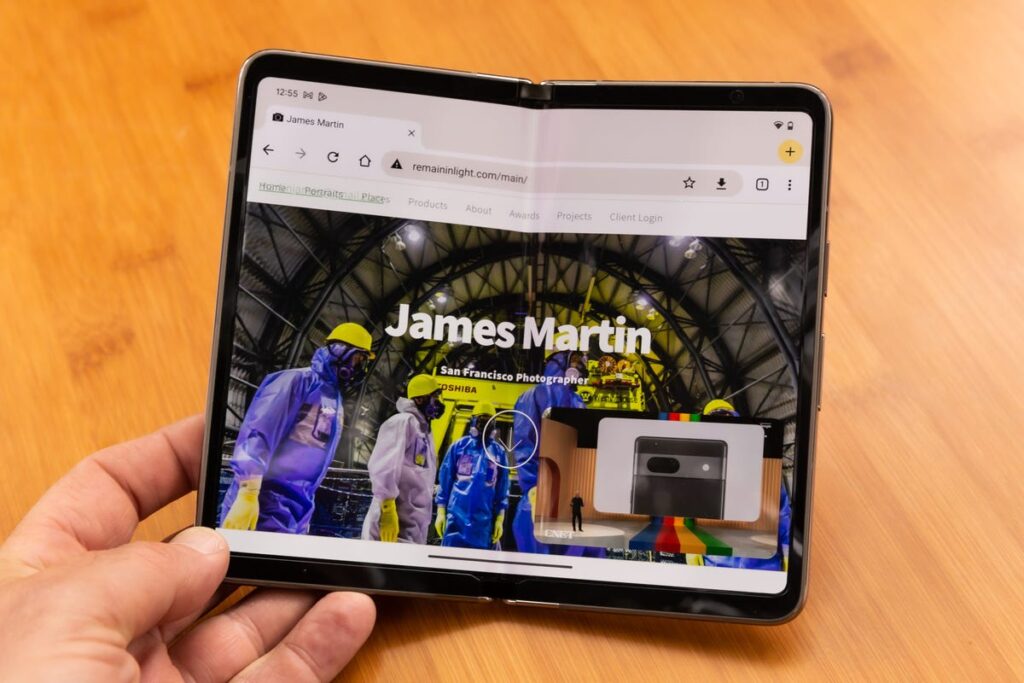
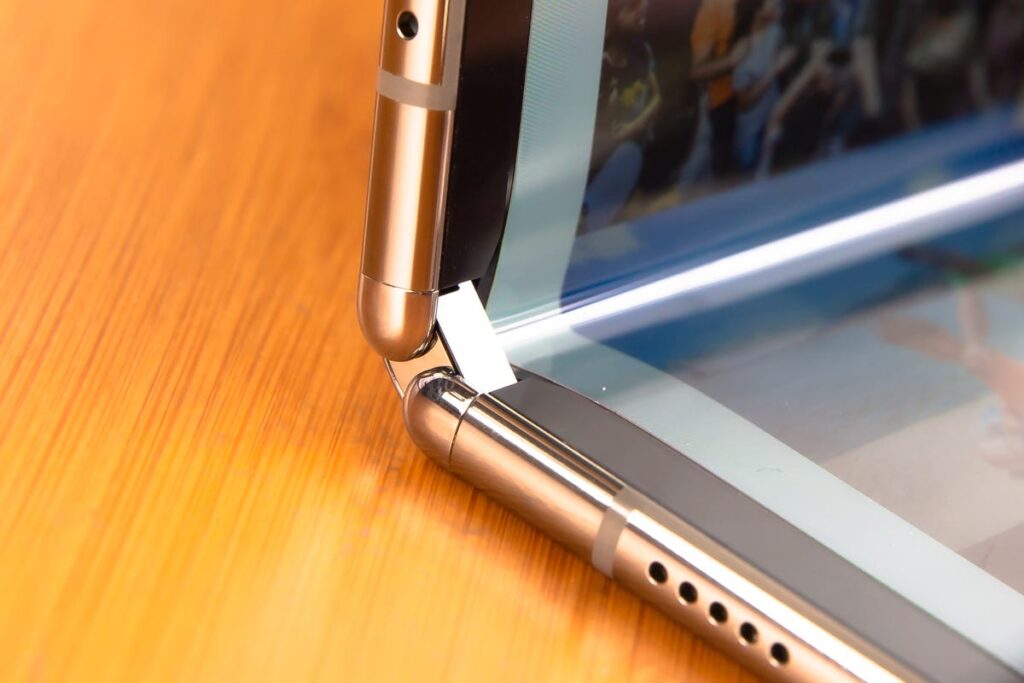
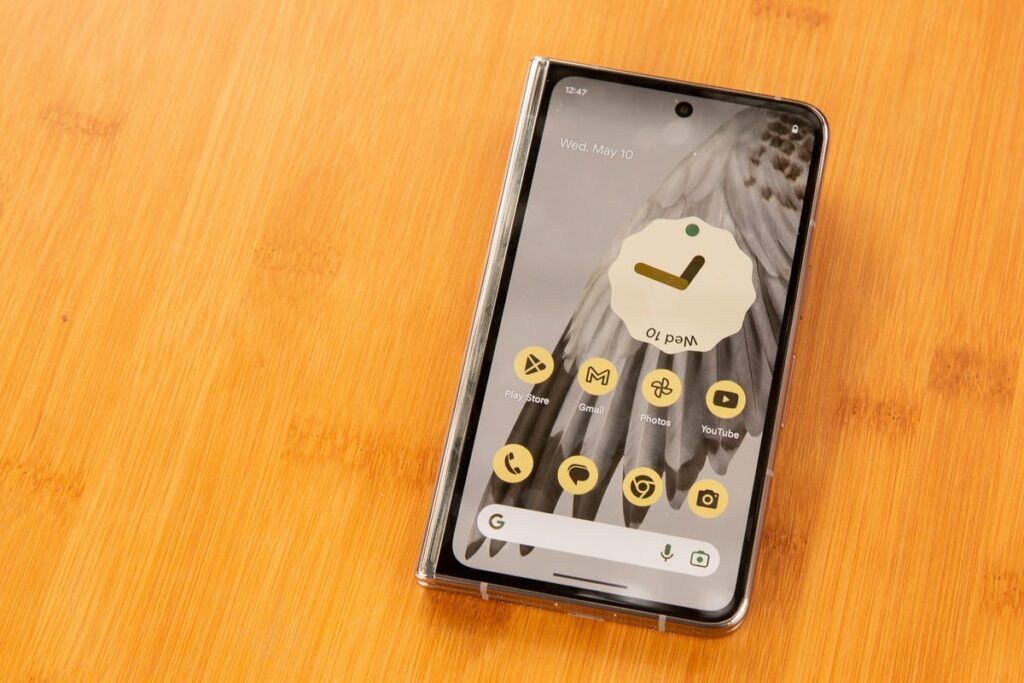

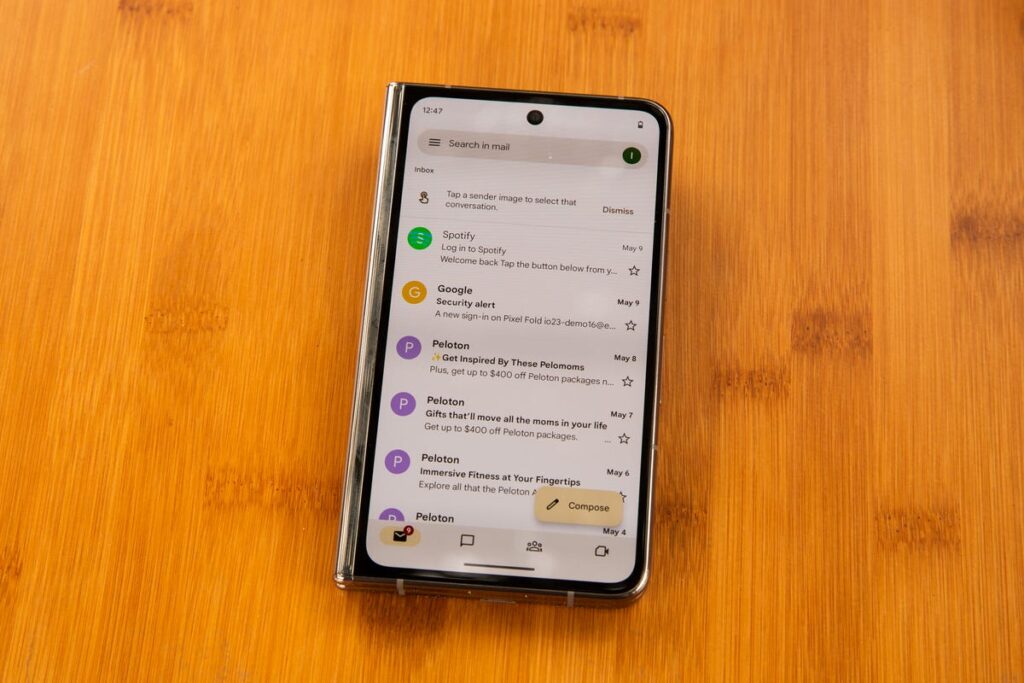
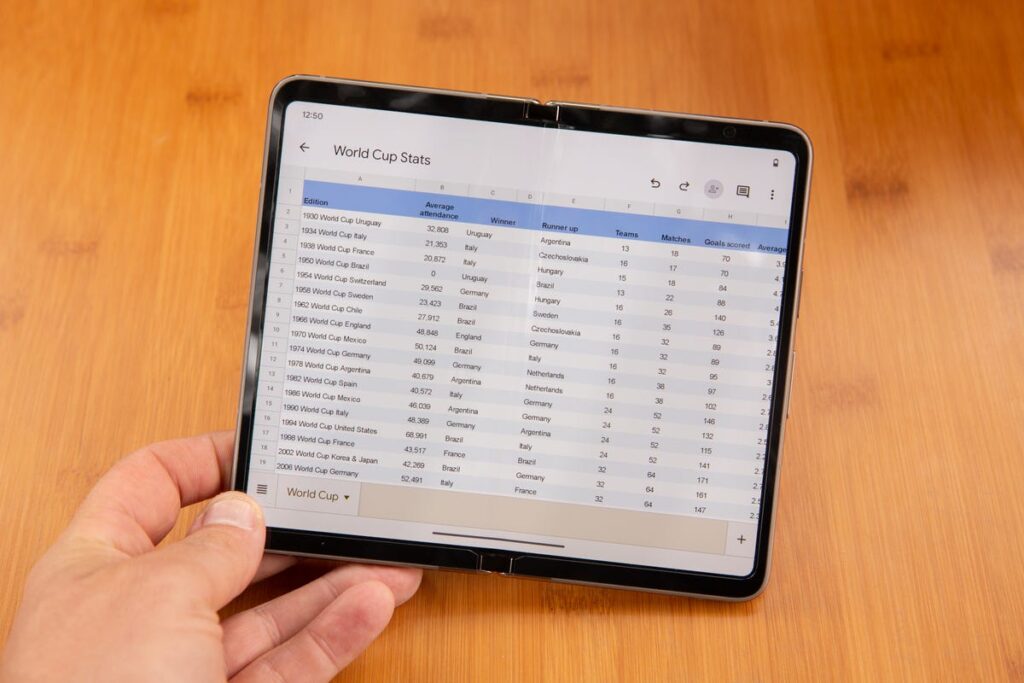
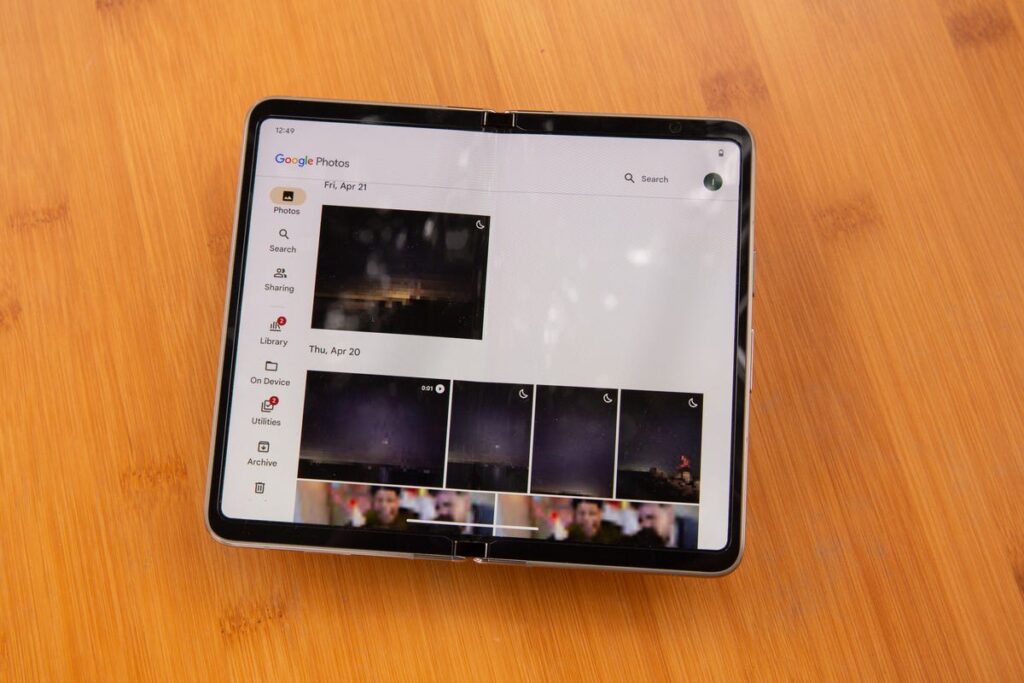

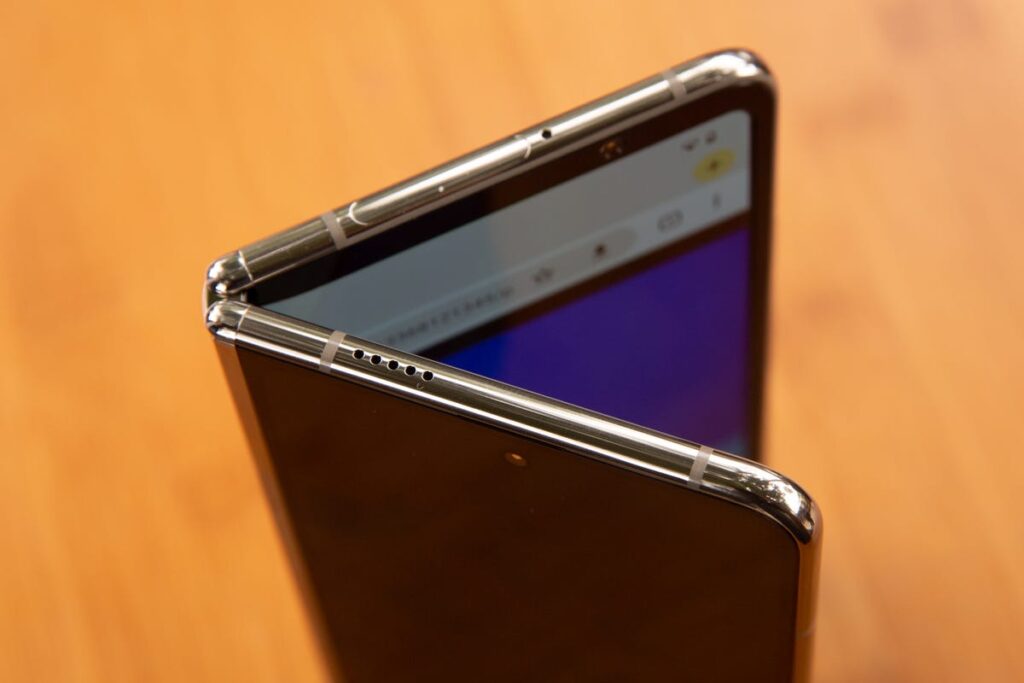
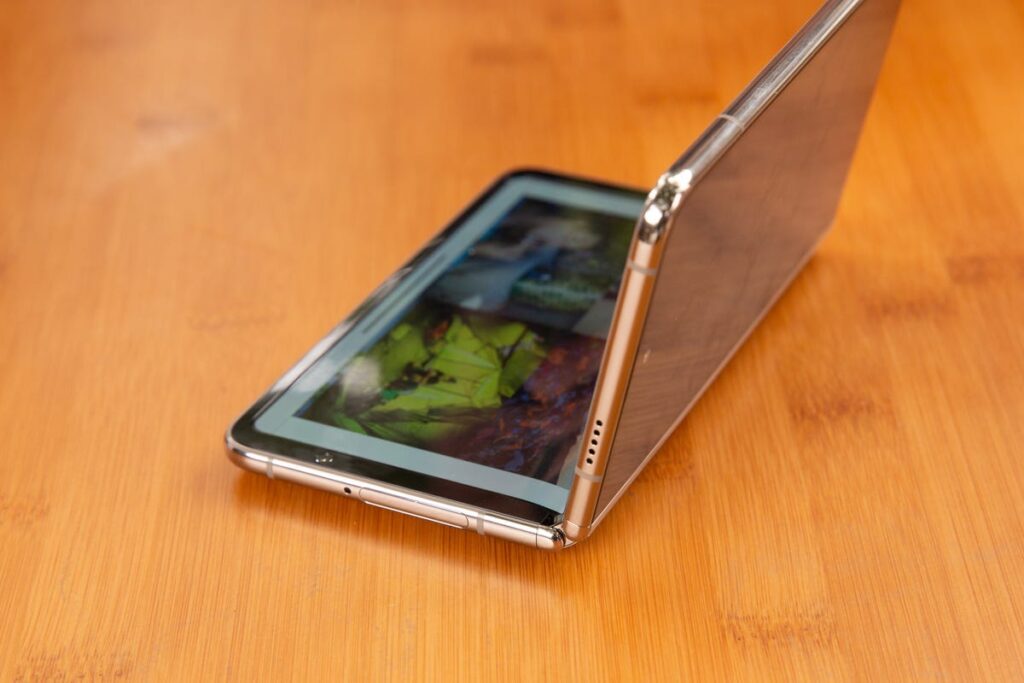
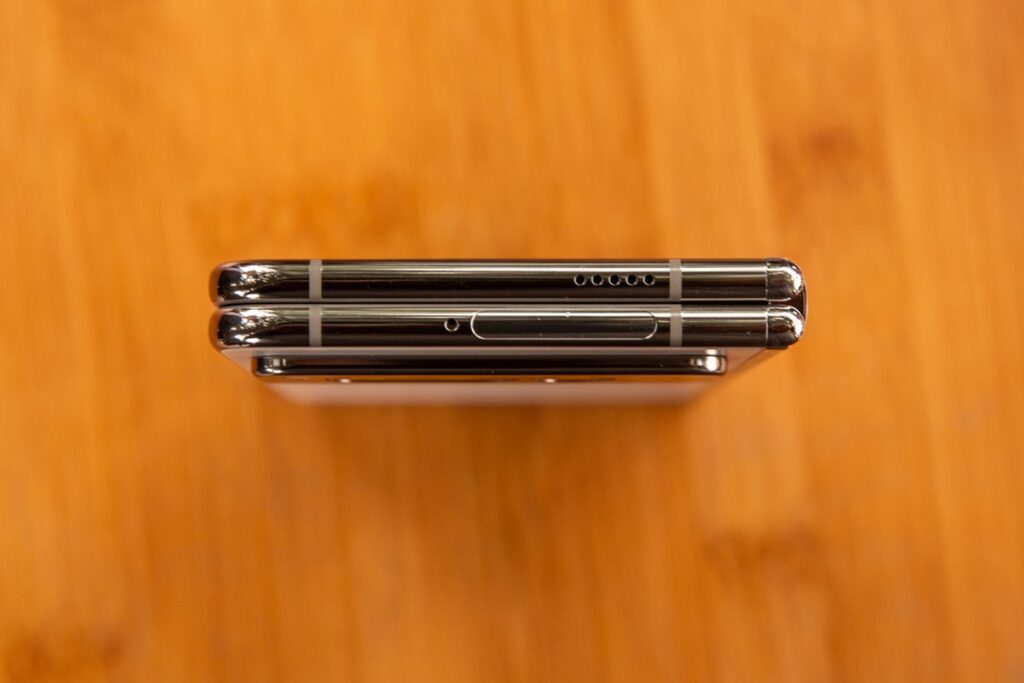
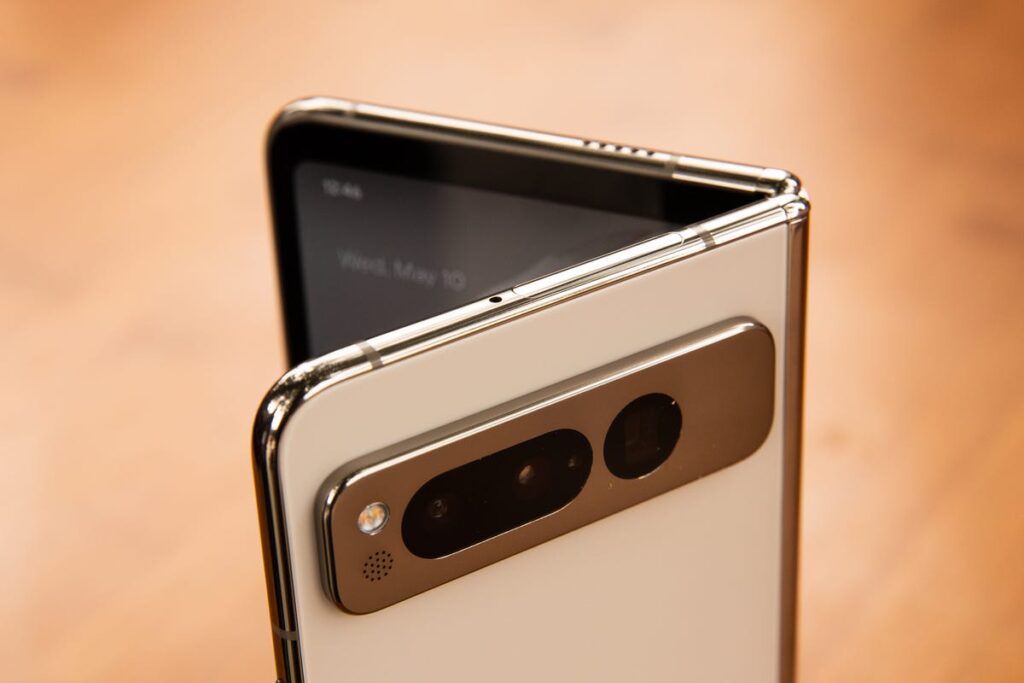
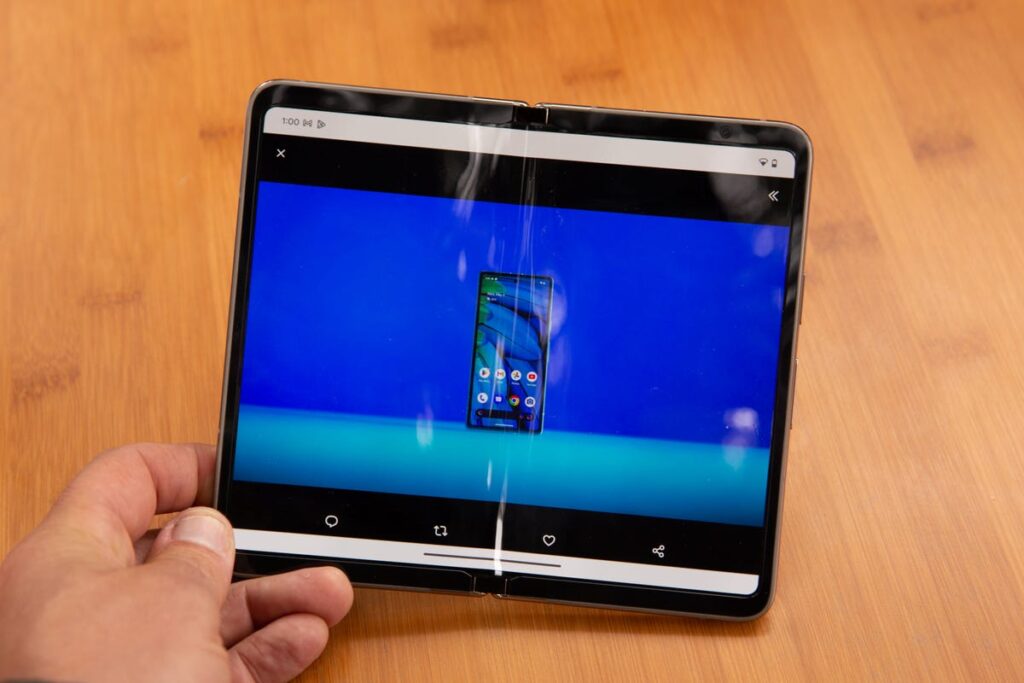
Although we’ve only had a brief opportunity to use the Pixel Fold, we can already sense that Google has some exciting concepts in mind. The company’s approach to foldable phones emphasizes multitasking and productivity, similar to the Galaxy Z Fold 4. Like Samsung’s phone, Google’s foldable also follows a book-style design, transforming from a phone to a tablet when opened. Google, like other manufacturers, still faces a number of physical challenges, such as reducing the device’s thickness when closed and removing the crease. However, the Pixel Fold has a few design and software benefits that set it apart.
The real question is whether the Pixel Fold will have enough appeal to help propel the still-developing foldable phone market forward. In 2022, foldable phones made up just 1.2% of the worldwide smartphone market share, according to the International Data Corporation. Despite being a relatively new market, Google is facing stiff competition from Samsung.
According to Counterpoint Research, Samsung dominates the foldable phone market with a 62% share as of the first half of 2022 and is also the preferred brand for foldable phones. Google has a challenging task ahead of it if it hopes to make significant inroads in this market.
Google Pixel Fold Screen is Quite Bigger Than Google Z Fold 4
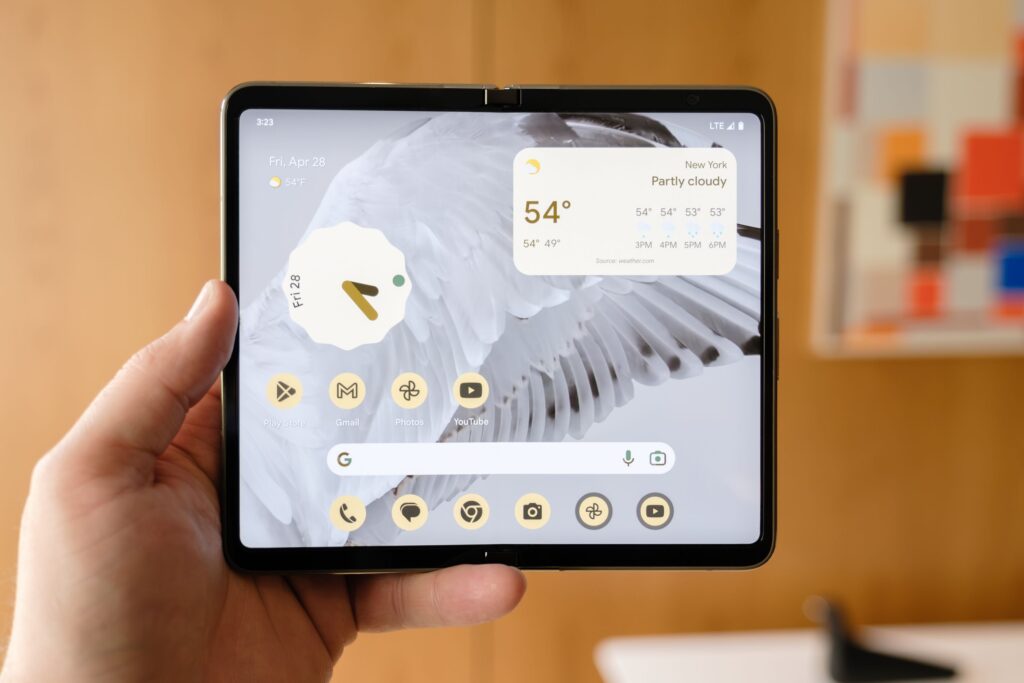
Google aims to tackle one of my major concerns with the Galaxy Z Fold 4 through the Pixel Fold. When the Samsung foldable is closed, it can be unwieldy to use as a regular phone due to its thickness and the shape of its narrower cover screen in comparison to a standard phone screen.
Google has made progress on both of these issues with a couple of enhancements. The Pixel Fold’s outer display measures 5.8 inches and is noticeably broader than that of the Galaxy Z Fold, resulting in a more comfortable experience when using apps and navigating the phone’s interface. As leaked images suggested, it is more akin to the Oppo Find N2 than the Galaxy Z Fold 4.
Furthermore, the Pixel Fold is slimmer than the Galaxy Z Fold 4 when opened but still seems bulkier than a typical phone when closed. However, unlike the Z Fold, the Pixel Fold closes seamlessly with no gap near the hinge, providing a more streamlined appearance when folded.
Nonetheless, we observed that the bezels surrounding the 7.6-inch inner display of the Pixel Fold are broader than those on the Galaxy Z Fold 4 when the device is unfolded. Additionally, the crease is still evident, although it is comparable to the Z Fold 4’s.
Google Pixel Fold Hinges

In terms of hardware, the Pixel Fold packs all the features you’d anticipate from a premium smartphone. Like Google’s current Pixel phone range, the Pixel Fold runs on the Tensor G2 processor developed by the company. Additionally, the phone boasts a triple-lens camera system consisting of a 48-megapixel primary camera, a 10.8-megapixel telephoto lens with 5x optical zoom and 20x digital zoom, and a 10.8-megapixel ultrawide camera.
You may be curious as to why the camera on the Pixel Fold, which is quite expensive, is not as advanced as the one found on the Pixel 7 Pro. The Pixel 7 Pro boasts a higher resolution 50-megapixel main sensor with larger pixels, a 12-megapixel ultrawide camera, and a 48-megapixel telephoto camera with 5x optical zoom and 30x digital zoom.
You May Also Like: Best Magsafe iPhone Accessories For 2023
According to Rakowski, Google had to make some concessions to fit the camera sensors into the device, considering that the device is less than six millimeters thick when opened.
Brian Rakowski acknowledged that fitting the camera sensors into the Pixel Fold was a significant engineering challenge due to the device’s slim profile. He explained that the phone is less than six millimeters thick when opened, which is about two-thirds the thickness of the Pixel 7 Pro.
Google Has Promising Software Concepts for Pixel Fold
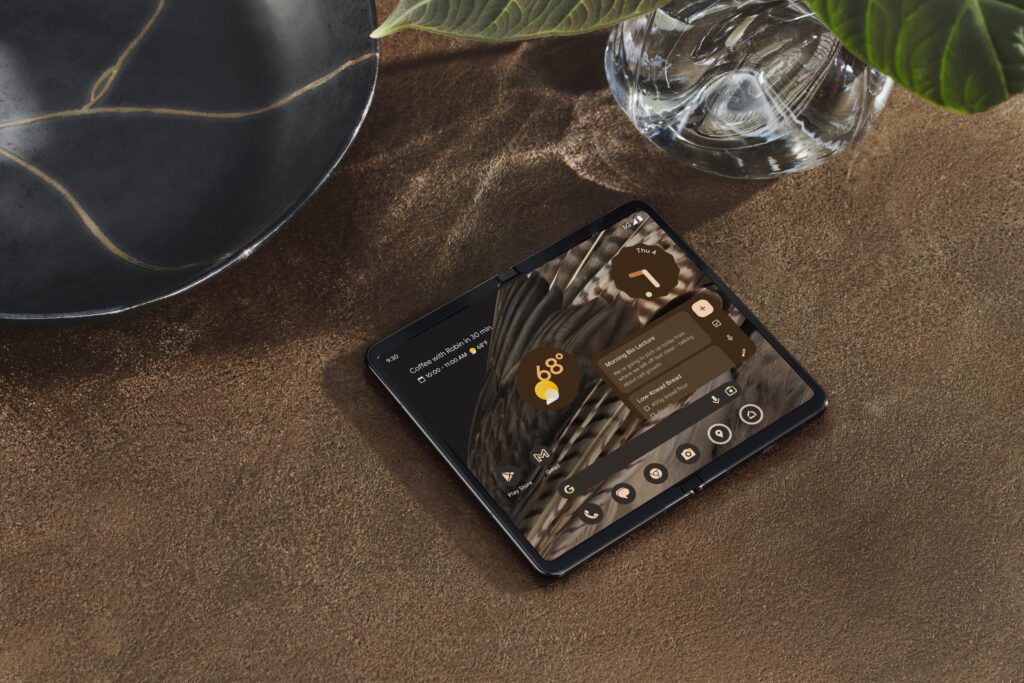
Although the dual display is the Pixel Fold’s main attraction, the software that utilizes it is essential. After taking a look, it appears that Google has some intriguing concepts for utilizing the Fold’s displays.
Google is exploring the possibility of using both the front and interior screens of the Pixel Fold in tandem for tasks such as language translation. During a demonstration, Google showed how this feature could work with Google Translate. When the device is unfolded, individuals can hold it up with the front screen facing the person they are conversing with and the interior screen facing themselves. When users ask Google Translate to translate a phrase or question, the results are displayed on the cover screen for the foreign language speaker to see. Meanwhile, the response from the foreign speaker is translated and displayed on the inner screen facing the user.
Although it may not be a common scenario, this feature exemplifies how foldable can offer use cases that are not possible with a regular phone. Google also utilizes dual screens in the camera function, where the cover screen functions as a viewfinder when taking selfies using the main rear camera with the phone opened.
The Pixel Fold shares several multitasking features with other foldable devices and tablets such as the Galaxy Z Fold, including split-screen apps, a horizontal taskbar, drag-and-drop support for using multiple apps simultaneously, and the ability to divide apps between the top and bottom sections of the screen when the device is folded halfway. Google has dubbed this feature “tabletop mode,” which is similar to Samsung’s “flex mode.”
It’s worth noting that Google has optimized its top 50 apps for the Pixel Fold. It’s important to clarify that this refers specifically to Google’s own apps, rather than the top 50 apps available in the Google Play Store.
Google Pixel Fold: Before-Time Thoughts
Although the Pixel Fold shows potential, it may face difficulties in terms of sales due to its steep price. As someone who has seen how Google is typically competitive with pricing in its standard Pixel phone lineup, we were hoping the company would take a similar approach with this device.
According to Rakowski, bringing down the price of foldable devices is a challenge due to their larger size, complexity, and additional components. He remains optimistic that prices may decrease in the future as the manufacturing process is refined.
Rakowski likened the situation with foldable to what occurred with smartphones, saying that as the manufacturing process becomes more efficient, prices could potentially decrease. “It’s a similar story to what we saw with smartphones. As you continue to optimize the process, increase mass production, and improve yields, the cost of the components will decrease over time,” he said.
It’s thrilling to witness the increasing diversity of foldable phones and the emergence of more competitors to Samsung. As the Pixel Fold gains traction, Google is bound to explore novel software functionalities, similar to what it has done with its conventional Pixel phones. In my opinion, this prospect is more exhilarating than mere hardware advancements.
We’re excited to witness the potential new use cases that may arise from the Pixel Fold’s foldable screen, which we expect to be unveiled through Google’s regular feature drops. It is not just the future of the Pixel that I am anticipating, but also the impact of Google’s efforts on Samsung’s foldables. This could potentially lead to more innovation and competitive prices for foldable as a whole.


